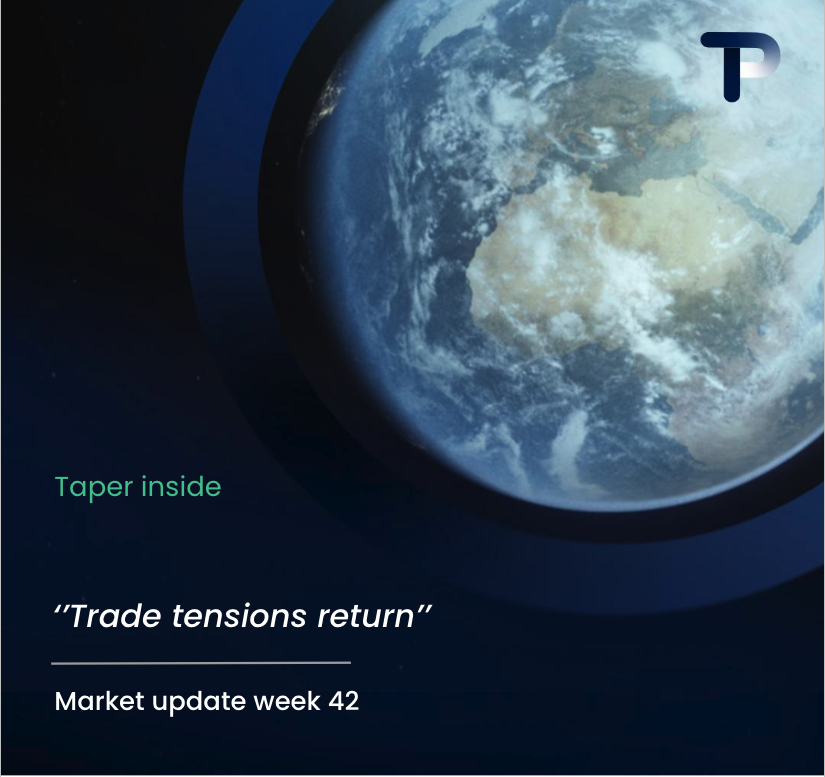In the dynamic world of international trade, a fluctuating exchange rate can have a significant impact on your business results. While you enjoy the benefits of global markets, the danger of exchange rate fluctuations lurks around the corner. How can you protect your business from these financial uncertainties? This is where currency hedging comes into play.
Key Takeaways
- What currency hedging is and why it is important.
- The different methods of currency hedging.
- How to choose the right hedging strategy for your company.
- Examples of hedging strategies in practice.
What is currency hedging?
Currency hedging is a strategy that companies use to protect themselves against the risks of exchange rate fluctuations. By using various financial instruments, companies can minimize the impact of unfavorable exchange rate movements. This is especially important for companies that regularly conduct international transactions.
The goal of hedging is not to make a profit, but to provide stability and predictability. This helps companies protect their financial health and maintain their profit margins, regardless of the volatility of the currency market.
Why is currency hedging important?
Exchange rate fluctuations can have a significant impact on a company’s financial results. Without an effective hedging strategy, companies may face unexpected losses that can harm their profitability and competitive position. By hedging, companies can better manage their financial risks and focus on their core activities.
Moreover, a good hedging strategy can help companies stabilize their cash flow and improve their financial planning. This is crucial for making informed business decisions and ensuring sustainable growth.
Different methods of currency hedging
There are several methods that companies can use to protect themselves against exchange rate risks. The choice of the right method depends on the specific needs and circumstances of the company. Here are some of the most commonly used hedging methods:
- Forward contracts: These are agreements to buy or sell a certain amount of currency at a fixed exchange rate on a future date. This provides certainty about the costs of future transactions.
- Options: This gives companies the right, but not the obligation, to buy or sell currency at a predetermined exchange rate. This offers flexibility and protection against unfavorable exchange rate movements.
How to choose the right hedging strategy?
Choosing the right hedging strategy starts with a thorough analysis of your exposure to exchange rate risks. This includes identifying your assets and liabilities in foreign currencies, as well as forecasting future cash flows. Based on this analysis, you can determine which hedging methods best suit your company.
It is also important to consider your risk appetite and the costs of the different hedging instruments. Some companies prefer complete protection against exchange rate risks, while others are willing to accept a certain level of risk in exchange for lower costs.
Conclusion
Currency hedging is an essential tool for companies that trade internationally. By choosing the right hedging strategy, companies can better manage their financial risks and protect their profit margins. Whether you use forward contracts, options, or swaps, it is important to regularly evaluate your strategy and adjust it to changing market conditions.
Would you like to know more about how to protect your company against exchange rate risks? Contact us and discover how we can help you implement an effective hedging strategy.



